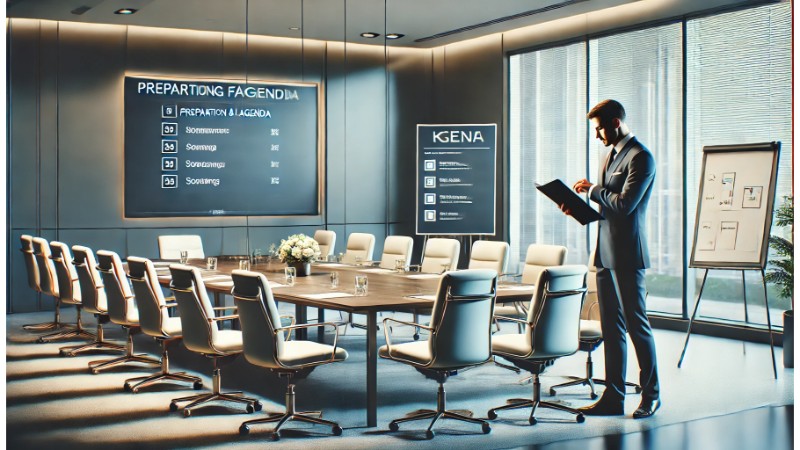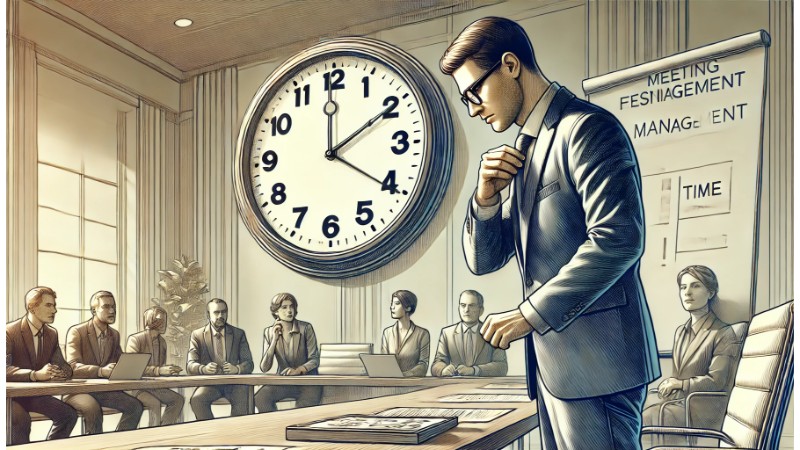Office Meeting Facilitation Skills

In today’s fast-paced business environment, effective meeting facilitation is a crucial skill for any professional. Whether you’re leading a small team discussion or a large corporate meeting, your ability to guide the conversation, keep the group focused, and ensure actionable outcomes can significantly impact your organization’s productivity. This article delves into the key office meeting facilitation skills you need to master to run efficient and successful meetings.
1. Preparation and Planning
The foundation of any successful meeting lies in thorough preparation. As a facilitator, your role starts long before the meeting begins. Here’s how to prepare:
Define the Purpose: Clearly outline the meeting’s objectives. This ensures that every participant understands the goal and can contribute meaningfully.
Create an Agenda: Develop a structured agenda that covers all necessary topics within the allocated time. Distribute the agenda in advance so attendees can prepare.
Invite the Right People: Ensure that only those whose input is crucial are invited. This helps maintain focus and prevents unnecessary digressions.
 2. Active Listening
2. Active Listening
Active listening is essential to effective facilitation. It involves:
Paying Full Attention: Focus on what participants are saying without planning your response while they are speaking.
Acknowledging Contributions: Show that you value input by summarizing and paraphrasing what has been said.
Encouraging Participation: Ask open-ended questions to draw out ideas from quieter participants, ensuring that everyone has a voice.
 3. Time Management
3. Time Management
Managing time effectively is one of the most challenging aspects of meeting facilitation. To keep the meeting on track:
Stick to the Agenda: Use the agenda as a guide and steer the conversation back to the main topics when discussions go off course.
Set Time Limits: Assign specific time slots for each agenda item and adhere to them. Gently remind participants when time is running out.
Summarize Key Points: Regularly summarize what has been discussed and what decisions have been made, ensuring clarity and alignment.
 4. Conflict Resolution
4. Conflict Resolution
Conflicts can arise in any meeting, and how you handle them can determine the meeting’s success. Key strategies include:
Stay Neutral: As a facilitator, it’s essential to remain impartial, focusing on the issue rather than the personalities involved.
Encourage Respectful Dialogue: Set ground rules for respectful communication at the start of the meeting.
Mediate Differences: When disagreements occur, encourage participants to express their views and look for common ground to build consensus.
 5. Facilitation Techniques
5. Facilitation Techniques
Employing specific facilitation techniques can enhance the effectiveness of your meetings:
Brainstorming: Encourage free-flowing ideas without judgment to foster creativity.
Round-Robin: Give each participant an equal opportunity to speak, ensuring balanced participation.
Mind Mapping: Use visual tools like mind maps to organize and connect ideas during discussions.
 6. Follow-Up and Action Items
6. Follow-Up and Action Items
The work doesn’t end when the meeting is over. Proper follow-up is crucial:
Recap the Meeting: Send out a summary of the meeting, including key decisions, assigned tasks, and deadlines.
Monitor Progress: Check in on action items to ensure that tasks are completed on time and that the meeting’s objectives are being met.
Solicit Feedback: Ask for feedback on the meeting process to improve future sessions.
Conclusion
Mastering office meeting facilitation skills is essential for leading productive discussions that drive your organization forward. By preparing thoroughly, listening actively, managing time, resolving conflicts, and following up effectively, you can ensure that your meetings are not only efficient but also lead to actionable results. Start implementing these techniques today to see immediate improvements in your meeting outcomes.


